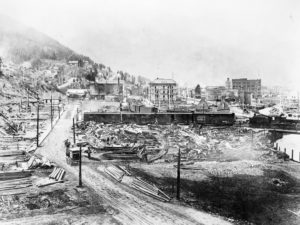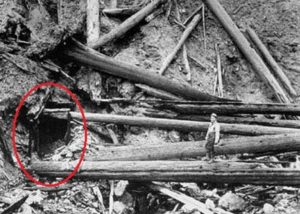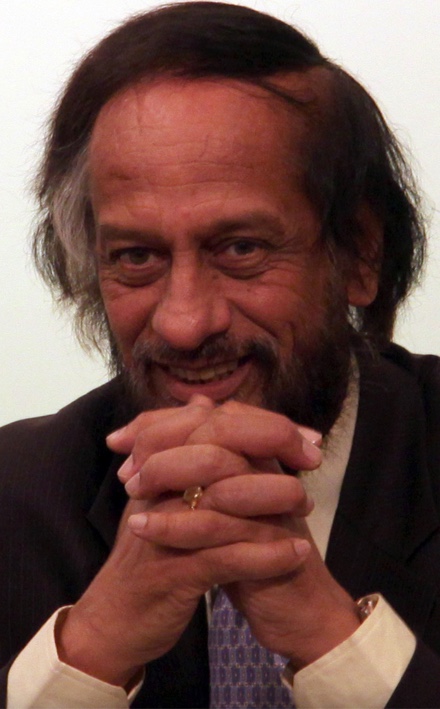Raging forest fires have become a regular news item in the summers of recent years, but no fire has ever come close to the fire that burned in Idaho during the summer of 1910. Known as the Big Blow and the Great Fire, it started on the night of August 20.
The year had begun normally, with normal snowpack in the mountains to feed streams and keep the forests green through the spring. But the summer turned brutally hot and dry, and by mid-summer fires were springing up regularly in eastern Washington, Idaho and western Montana. As many as 1700-3000 smaller fires, generally started by lightning or hot coals spewed by passing steam locomotives, were burning at the time, but mostly controlled.

Then, on the evening of August 20, winds began blowing like no one had ever experienced there. Hurricane force winds roared across the region, fanning the small and smoldering fires into flame—roaring flames, raging hundreds of feet in the air, blowing across canyons in fireballs beyond control. The worst of the situation fell in central Idaho, around the town of Wallace. Trees burst into flames instantaneously, sometimes exploding from the soil and flying through the air like flaming spears. Most of the damage occurred in the span of six hours.

The U.S. Forest Service, only five years old, was unprepared to fight a fire of this size and intensity. They fought valiantly, nonetheless, joined by local fire departments and citizens. President Taft sent in army troops to help fight the fire, evacuate residents and keep the peace. Notable among them was the all-black regiment from Fort Missoula, Montana, known as the “buffalo soldiers.” One Forest Service fire-fighter, Ed Pulaski, saved the lives of most of his crew of 45 by leading them into an abandoned mining tunnel to let the fire pass over them. Pulaski is remembered for the fire-fighting axe that now bears his name. Eight-six people died in the fire—78 of them were fire-fighters. Former President Teddy Roosevelt summed up the situation in September, 1910:
“I want to call your attention to the wonderful work done by the Forest Service in fighting the great fires this year. With very inadequate appropriation made for the Forest Service, nevertheless that service, because of the absolute honesty and efficiency with which it has been conducted, has borne itself so as to make an American proud of having such a body of public servants; and they have shown the same qualities of heroism in battling with the fire, at the peril and sometimes to the loss of their lives, that the firemen of the great cities show in dealing with burning buildings.”
The Big Blow is the largest forest fire in the history of the U.S. In total, over the three days of the fire, more than 3 million acres burned, enough timber to build 800,000 homes lost in a seeming instant. Most of Wallace, Idaho, burned to the ground. Smoke and darkened skies were visible throughout the U.S. and Canada, soot from the fire reached Greenland, ships in the Pacific could not see the stars to steer. The fire riveted the American people and formed the basis for U.S. Forest Service management of fires and forests for the next century.
References:
Bilbrey, Wade. The Great 1910 Fire of Idaho, Montana, and Washington. Available at: http://www.1910fire.com/index.htm. Accessed August 21, 2017.
Hart, Arthur. 2015. Idaho history: The Great Forest Fire of 1910 was Idaho.s Deadliest. The Idaho Statesman, September 6, 2015.
U.S. Forest Service. The Great Fire of 1910. Available at: https://www.fs.usda.gov/Internet/FSE_DOCUMENTS/stelprdb5444731.pdf. Accessed August 21, 2017.

